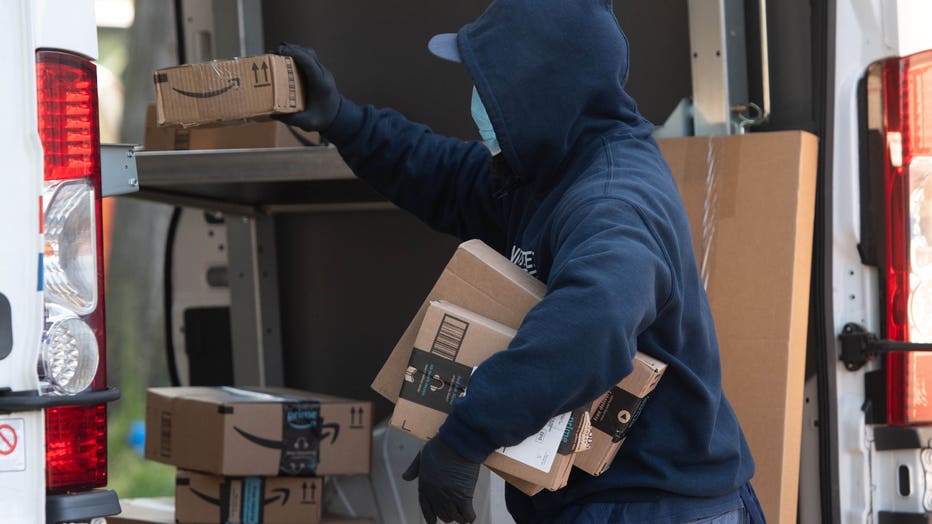Low-wage essential workers face higher risk of health and financial issues amid pandemic, study finds
AMHEARST, Mass. - Low-wage essential workers, including grocery store employees and delivery drivers, are more likely to face dangerous working conditions and food insecurity than those in higher-paying roles, and even more so during the COVID-19 pandemic, according to research from the University of Massachusetts Amherst.
Researchers say early data on the safety of essential workers during the pandemic suggests that COVID-19 isn’t “the great equalizer” as previously suggested by New York Gov. Andrew Cuomo and others. According to their data, it’s actually making inequality worse.
The study by the University of Massachusetts Amherst Labor Center surveyed more than 1,600 essential workers in western Massachusetts, a hot spot for COVID-19, who worked between April 17 and April 24.
Low-wage essential workers included grocery clerks, home health aides and delivery drivers, while high-wage workers included nurses, doctors and managers. The low-wage workers were defined in the study as those earning under $20 an hour, while high-wage workers were identified as those earning more than $40 an hour.

A mailman wearing a mask and gloves to protect himself and others from COVID-19 loads a postal truck with packages at a post office location in Washington, D.C, on April 16, 2020. (Photo by SAUL LOEB/AFP via Getty Images)
The report found that across income levels, roughly two-thirds of essential workers were unable to practice social distancing, yet the low-wage workers within that group were two to three times more likely to lack other forms of protection, including masks, hand sanitizer, training on how to prevent COVID-19 transmission or regular hand-washing opportunities.
The report, published last month, also found that 54% of low-wage workers reported feeling less safe at work, compared to 44% of high-wage workers.
A low wage was also an indicator of food security, according to the report. One in three of the low-wage workers surveyed said they were unable to provide for themselves or their family in mid-April.
“We are risking infecting our family by working, and they don’t give us anything extra in our paychecks to be able to buy more food. What we earn is for paying rent, electricity, insurance, and the rest is barely enough to buy food,” one of the respondents wrote.
The federal government’s relief package in response to the pandemic, known as the CARES Act, includes a $600-a-week boost through July 31, on top of unemployment benefits, for laid off workers who qualify.
Some low-wage respondents in the study said unemployment checks would be higher than what they earn as essential workers.
RELATED: Many laid-off US workers due to coronavirus might make more money with unemployment benefits
“Over the past few months, COVID-19 has exposed and exacerbated inequities, including the safety of low-wage workers,” Jasmine Kerrissey (https://www.umass.edu/lrrc/faculty/jasmine-kerrissey), an assistant professor of sociology and labor studies at the University of Massachusetts Amherst, writes in The Conversation (https://theconversation.com/low-wage-essential-workers-get-less-protection-against-coronavirus-and-less-information-about-how-it-spreads-138076).
“From our perspective, safety is not just an issue for essential workers’ health. It fundamentally impacts our ability to reopen and stay open.”
This story was reported from Cincinnati.


